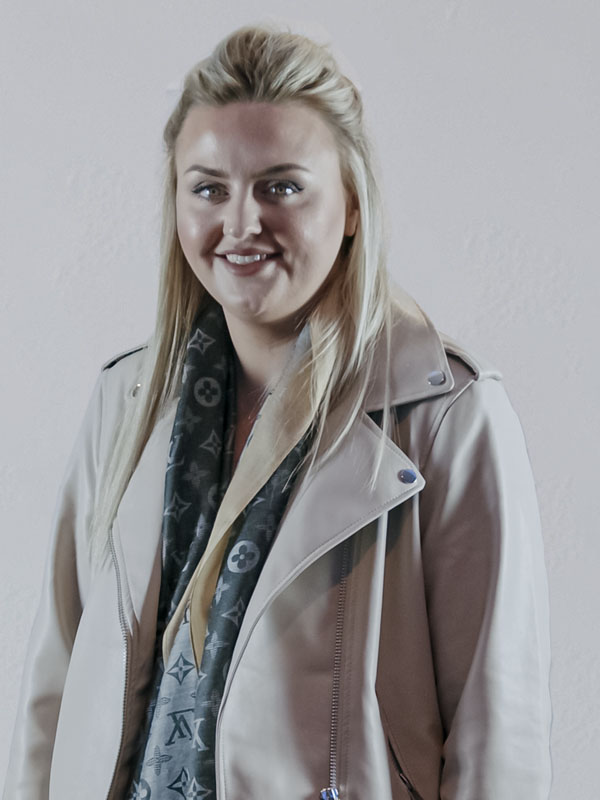Clinical noting system for maternity services
My Topol fellowship problem / project:
Childbirth is a natural process however inherently full of risk for both women and babies. There are a variety of unknowns in the process; women frequently move between healthcare organisations; babies can be born over a wide window of time during pregnancy and risk profiles can change repeatedly. It is therefore imperative that the systems and processes that support maternity services are based on best practice and allow the sharing of information with health care providers.
Currently, our Trust uses a fragmented hybrid process of systems and paper-based processes which may result in accurate and up- to-date records being unavailable to clinicians. This process requires staff to continue using large hand-held patient notes. Often, if women require additional care, the notes can become unsustainable and heavy for patients to carry. On occasions, for patients with more complex care needs, multiple volumes of patient notes are required; resulting in notes not being easily accessible to clinicians in an emergency and can take a considerable amount of time to highlight important information.
Additionally, hand-held paper notes can easily be lost or removed from the patient record.
Our current process is inefficient and often means that documentation is of poor quality. It is a clinical risk, which is recognised on our risk register. The COVID-19 pandemic has highlighted how other areas, organisations and industries have fast-tracked digital solutions.
I am aiming to implement an established electronic clinical noting system for maternity services. This should improve the efficiency and quality of the current noting system as it will capture demographic information before the appointment and allow real-time recording of all events wherever they occur: in the hospital, community, or at home. The system will be interoperable and allow records to be shared easily with relevant health professionals and Trusts if the woman’s care is transferred and enable future advances such as shared great north care record to be achieved.
Implementing a full digital EPR will eliminate double data entry for healthcare professionals and increase the amount of time spent on direct patient care. The system will improve patient safety as records will be easily accessible in emergencies, and key information will be clearly identifiable.
Furthermore, it will have an offline mode for remote workers, meaning records can remain up-to-date and there is no room for error with retrospective documentation. The system will have interfaces with other essential systems and has excellent reporting capabilities.
The system has multiple benefits for women as well as health care professionals. Women will have easy access at their fingertips to their personal maternity record through an interactive app that will help them keep track of their pregnancy.
About me
I have a BSc in Midwifery and I am a midwife with a passion for innovation and improving maternity services for both service users and staff. I have been a qualified midwife for almost 7 years and most recently I have stepped into the role of the Digital Midwife. This role involves leading digital transformation.
I started my midwifery career in 2015; building my midwifery knowledge and skills by rotating in all clinical areas. As a clinical practitioner in a Trust with poor digital maturity I felt increasingly frustrated with the hybrid approach of paper and digital systems used to manage patient care; with heavy paper-based patient handheld records, outdated hardware and the fragmented digital systems with lacking interfaces and interoperability. This frustration was exacerbated as I could see other sectors digital systems rapidly advancing.
I use digital technology to support so many other parts of my life every single day. All of the apps on my mobile devices made my home life easier, whereas the digital systems used within maternity services are far from satisfying and actually increase workload, making my working life for my colleagues and I more difficult! Furthermore, creating a barrier in the mother-midwife relationship. I feel strongly that digital transformation will be one of the biggest improvements to maternity services that will happen in my career and I am excited to be involved in the transformation which will improve services for women and staff.
When the opportunity to apply for the role of the ‘digital midwife’ came up, I jumped at the chance to be involved in digital transformation. Having been a clinical midwife for many years it has been a hard transition into a non-clinical role and the learning curve has been steep and continues to grow. Becoming the digital lead midwife is an exciting venture, especially as it is a role that has not yet existed for our Trust. I am fortunate to be in a position where I can shape the role to suit the needs of the department and Trust. I feel that the Topol digital health fellowship would provide me with an opportunity to develop and cement my underpinning digital knowledge and skills and aid my development as a champion of digital change.
Digital health is multifaceted and I have a lot to learn! I hope that during my time as a Topol digital fellow I will meet and be inspired by digitally like-minded people that have experience of leading digital transformation which will in turn shape and accelerate my current digital project. In the future, I would like to continue to use the skills and knowledge gained through the fellowship to develop digital solutions within maternity services as a digital aspirant and innovator.

